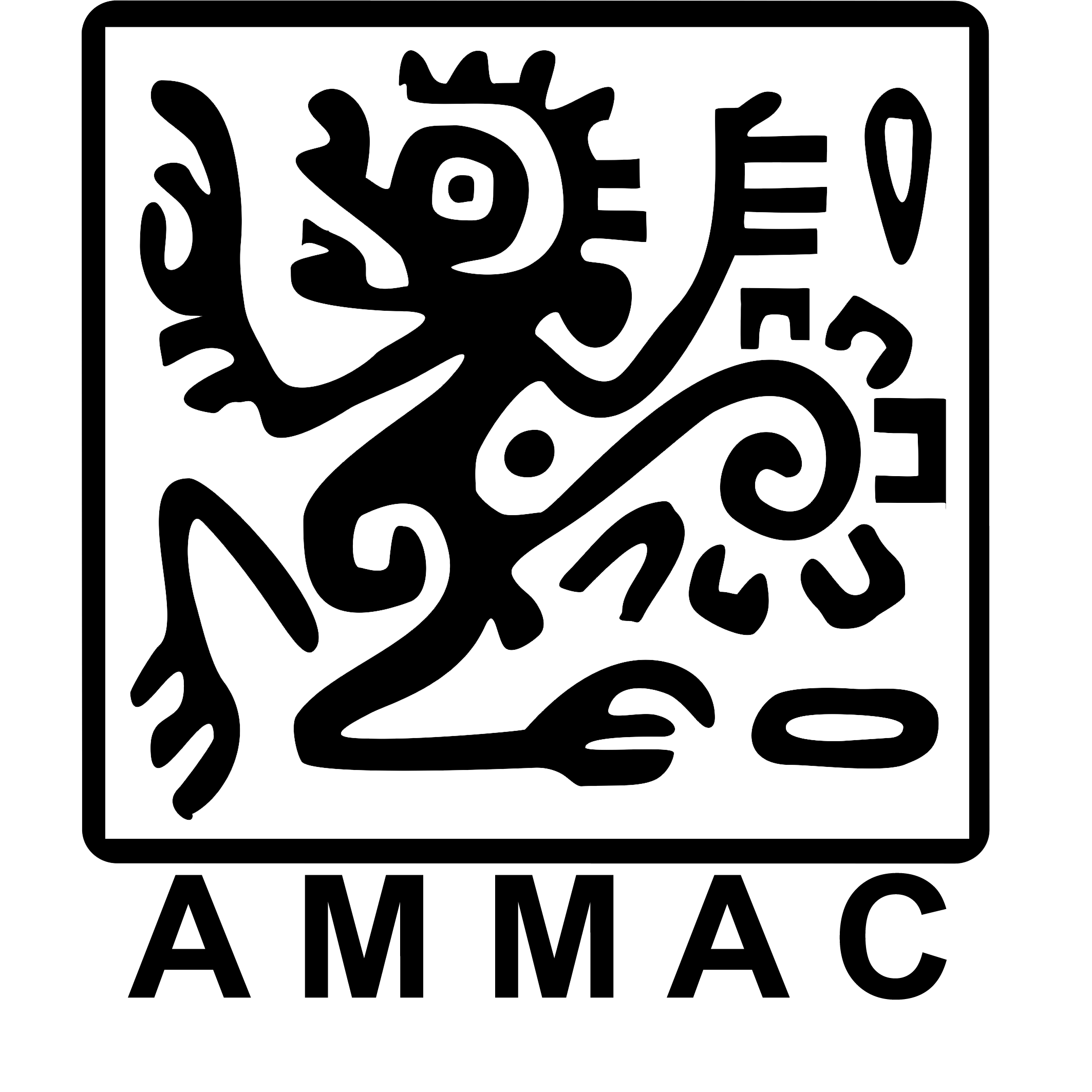Observations of feeding attempts on Baird’s tapirs (Tapirella bairdii) by common vampire bats (Desmodus rotundus) in Corcovado National Park, Costa Rica
DOI:
https://doi.org/10.12933/therya_notes-24-181Palabras clave:
Alimentación grupal, cámara trampa, comportamiento de defensa, intento de alimentación, interacción interespecífica, virus de la rabiaResumen
Amit y Valverde-Zúñiga reportaron las primeras observaciones de Desmodus rotundus intentando alimentarse de Tapirella bairdii en Costa Rica. Ellos reportaron comportamientos que creían consistentes con comportamientos de antiparasitismo para las dantas. Proporcionamos evidencia adicional que argumenta que tales comportamientos antiparasitarios pueden haber sido seleccionados y estar extendidos entre los mamíferos neotropicales. Mantuvimos una red de cámaras trampa dentro del Parque Nacional Corcovado, Costa Rica desde 2015. Nuestra red consistió en 13 a 56 cámaras emparejadas o no emparejadas, colocadas en una cuadrícula de 4 x 4 km. En 2021 capturamos vídeo de un D. rotundus arrastrándose hasta un T. bairdii en un aparente intento de alimentación, mientras un segundo D. rotundus parece estar esperando cerca, mostrando una táctica de alimentación en grupo bien conocida de esta especie. Sin embargo, la danta evadió el intento de alimentación debido a lo que parece ser un comportamiento consistente a través de algunas especies en el tiempo y el espacio. Esto sugiere una respuesta conductual evolutiva a los intentos de alimentación por parte de D. rotundus. En 2023, documentamos un segundo evento entre un individuo de D. rotundus y un T. bairdii juvenil que caminaba por el área de detección de nuestra cámara. Nuestras observaciones, combinadas con las observaciones de otros, sugieren un movimiento repentino que obliga a D. rotundus a apartarse del cuerpo de la danta, lo cual es una estrategia eficaz para evitar un ataque.
Descargas
Descargas
Publicado
Cómo citar
Número
Sección
Licencia
La revista THERYA NOTES, con base en su política de acceso abierto, permite descargar en forma gratuita el contenido completo de la revista en formato digital. También autoriza al autor a colocar el artículo en el formato publicado por la revista en su sitio web personal, o en un repositorio de acceso abierto, distribuir copias del artículo publicado en formato electrónico o impreso a quien él considere conveniente, y reutilizar parte o la totalidad del artículo en sus artículos o libros futuros, dando los créditos correspondientes. Se utiliza la licencia Creative Commons CC BY-NC-SD.
![]()















